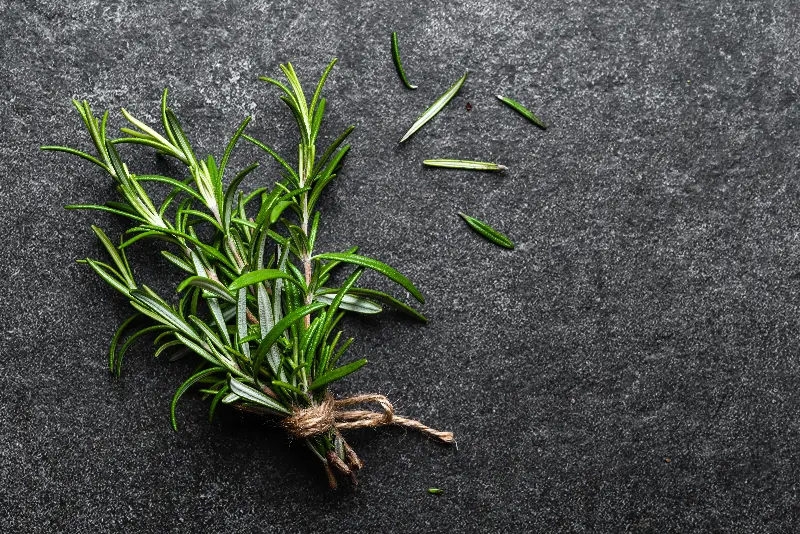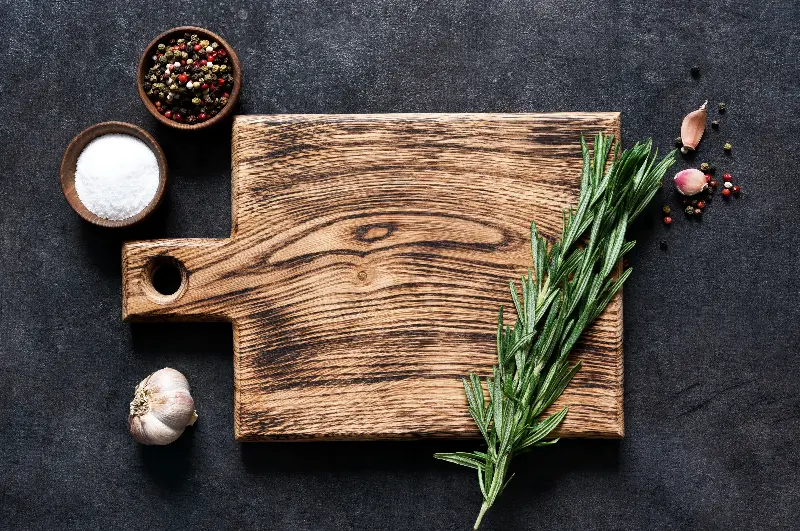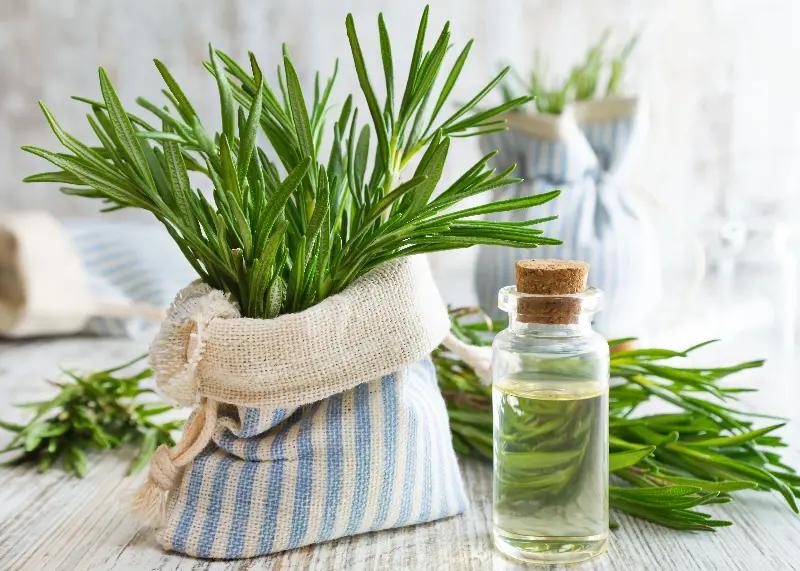For thousands of years, rosemary has woven its aromatic presence through kitchens, gardens, and home remedies across the world. This evergreen herb, with its pine-like leaves and vibrant blue flowers, carries a legacy far beyond its humble appearance. From ancient rituals and royal courts to modern wellness trends, rosemary has nourished, healed, and inspired humanity. Let’s explore the captivating story of this celebrated herb and discover how it continues to work its magic in food, health, and culture around the globe.

Culinary Magic: Aroma and Flavor Beyond Compare
The unmistakable fragrance of rosemary is as enchanting in a Mediterranean breeze as it is in your Sunday roast. Rosemary’s robust flavor profile—a mingling of pine, citrus, and subtle peppery notes—has secured its place as a culinary superstar. Chefs worldwide prize it for its ability to elevate meats, potatoes, breads, and savory pastries. In Italian cuisine, rosemary effortlessly transforms focaccia and roasted lamb, while in Greece it’s often found paired with lemon, garlic, and olive oil in traditional marinades.
Perhaps one of rosemary’s most underrated talents is its natural preservative power. For centuries, cooks have used rosemary sprigs to extend the freshness of meats, thanks to the antioxidant compounds that inhibit spoilage. Today, modern food science recognizes these properties, with rosemary extract appearing in everything from natural snacks to gourmet pet food.
And while rosemary’s culinary partnership with savory dishes is well known, adventurous cooks are bringing it into a new spotlight. Bartenders craft rosemary-infused cocktails and syrups, bakers sprinkle it atop citrus-flavored cakes, and home cooks experiment by grilling fruit with a hint of rosemary smoke. In this way, rosemary continues to surprise and delight palates around the world.

Healing Powers: Ancient Wisdom Meets Modern Science
The legend of rosemary is rooted in ancient healing traditions. The Greeks believed rosemary sharpened memory; Greek students reportedly wore sprigs in their hair during exams. In medieval Europe, rosemary was a symbol of fidelity and remembrance, its branches woven into wedding wreaths and funerary garlands.
Science is now catching up to these age-old beliefs. Rosemary contains an impressive arsenal of beneficial compounds, including rosmarinic acid, carnosic acid, and essential oils rich in cineole and camphor. These natural chemicals impart potent antioxidant, anti-inflammatory, and antimicrobial properties.
Recent studies suggest rosemary may help support cognitive health. Some research points to improved memory and alertness after inhaling rosemary’s scent—perhaps those ancient scholars were onto something! Other studies highlight rosemary oil’s effectiveness in soothing muscle pain, promoting hair growth, and even contributing to healthy digestion.
In home remedies, rosemary teas and infusions are used to ease headaches and relieve congestion. Rosemary oil, diluted and massaged onto the scalp, has gained followers seeking thicker, healthier hair. While more research is needed to confirm all of these benefits, rosemary’s traditional uses continue to inspire modern wellness enthusiasts to bring this ancient herb into daily rituals.

Global Traditions: Ritual, Symbolism, and Everyday Life
Rosemary’s story is sprinkled with symbolism and superstition. In Shakespeare’s “Hamlet,” Ophelia proclaims, “There’s rosemary, that’s for remembrance.” This herb’s association with memory, loyalty, and love echoes across continents.
In parts of Spain and Italy, rosemary branches are blessed and distributed during Easter celebrations, symbolizing renewal and protection. In Australia, sprigs are worn on Anzac Day in remembrance of fallen soldiers, a tradition tracing back to World War I when fields of wild rosemary grew on the Gallipoli peninsula.
Across cultures, rosemary has long been used to cleanse the air and ward off negative energy. Bundles burned in homes were believed to purify spaces and offer protection—a practice now mirrored in modern wellness circles through herbal smudging and aromatherapy.
Even the cultivation of rosemary tells its own story. Originating in the sun-soaked hills of the Mediterranean, rosemary has journeyed to distant lands, thriving in gardens from California to China. Its resilience—able to withstand drought, salty air, and poor soils—makes it a symbol of endurance and hope.
